According to experts, LNG is considered a cleaner energy source compared to many other fossil fuels such as coal and oil. Using LNG in electricity production not only helps reduce emissions into the environment but also contributes to ensuring energy security thanks to its ease of transportation and diversity of supply sources.
However, the development of the LNG market in Vietnam still faces many difficulties. According to the PetroVietnam Gas Corporation (PV GAS) - a member unit of the Vietnam Oil and Gas Group (PVN), the first challenge is the construction of infrastructure to serve the import, storage and distribution of LNG at optimal costs, requiring large-scale investment, synchronization and smooth coordination among related parties.
In addition, importing LNG for clean electricity production requires more specific policy mechanisms such as long-term trade agreements and increasing the openness in the permitted range of electricity prices to ensure economic efficiency for power plants generating electricity from imported LNG sources.
In fact, up to this point, Vietnam still does not have a specific mechanism or regulation for electricity development.
LNG Thi Vai Terminal is the first LNG complex with the largest scale and most modern in Vietnam. Illustration photo: Doan Manh Duong/VNA
A representative of the PetroVietnam Power Corporation (PV Power) - a member of PVN that is implementing an imported LNG power project said that with the specificity of using imported LNG fuel by specialized ships and transported from countries such as the US, Russia, Australia or the Middle East, the key to developing imported LNG power projects is to have a mechanism for Qc contract power output (offtake contract) suitable for the gas volume.
In addition, signing long-term gas purchase contracts and determining annual gas volumes is a prerequisite for obtaining a source of LNG at a reasonable price, ensuring the stable and effective operation of imported LNG power projects. Therefore, committing to electricity and gas output to ensure investment efficiency of the entire project chain is very important. This is the basis for investors to decide to invest, said a representative of PV Power.
According to experts, with current regulations, the Qc electricity output of power plants is between 60% and 100% depending on negotiations between the parties and the actual mobilization needs of the system as well as the electricity price of the plant. Therefore, if the negotiated contract electricity output is not high enough, it will be difficult for investors of imported LNG power projects to borrow capital to implement and recover costs. This is one of the obstacles in investing in imported LNG power plants that needs to be resolved soon.
In addition, the construction of an LNG power plant also requires proximity to an LNG import terminal, while an LNG import terminal requires construction near a deep-water port to accommodate large-capacity LNG vessels. Therefore, along with the requirement that the construction site can be connected to the transmission grid, the requirements related to the LNG terminal are also a challenge for current investors.
Sharing this view, Vice Chairman of the National Assembly's Committee on Science , Technology and Environment Ta Dinh Thi said that Vietnam currently does not have a framework for LNG electricity prices, a consumption rate and a mechanism for transferring gas prices to electricity prices. In addition, Vietnam still lacks regulations and technical standards on design, construction, transportation and operation, maintenance of LNG import port warehouses; safety in operation, transportation, loading and unloading, and storage of LNG fuel.
Meanwhile, LNG power is a fuel chain, consisting of many links, in which the port and storage stages are very important, requiring strict technical requirements. Dividing the scale of LNG power sites as it is now will reduce the efficiency of the project. Therefore, management agencies need to soon have solutions to overcome this problem, Mr. Ta Dinh Thi affirmed.
According to Resolution No. 55-NQ/TW dated February 11, 2020 of the Politburo on the orientation of Vietnam's national energy development strategy to 2030, with a vision to 2045, Vietnam sets a goal of developing the gas industry, prioritizing investment in technical infrastructure to serve the import of about 8 billion m3 of LNG by 2030 and 15 billion m3 by 2045.
According to VNA/Tin Tuc Newspaper
Source


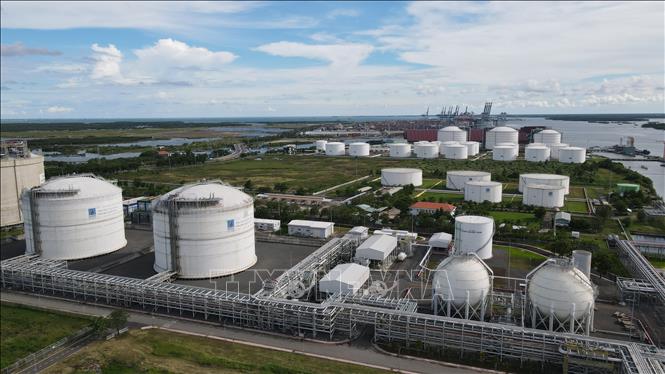






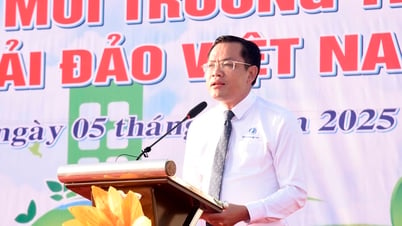

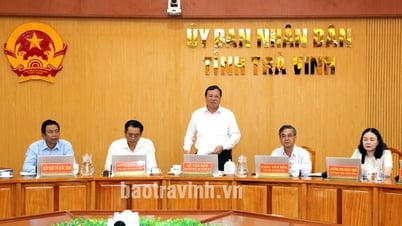

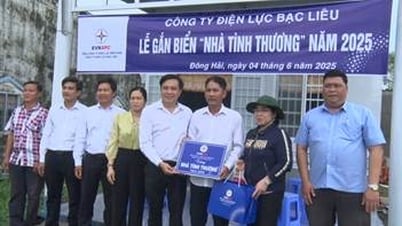
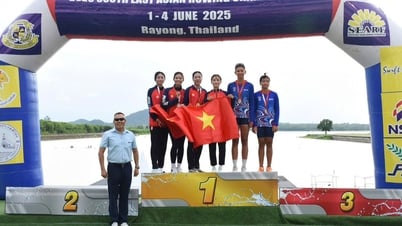












































































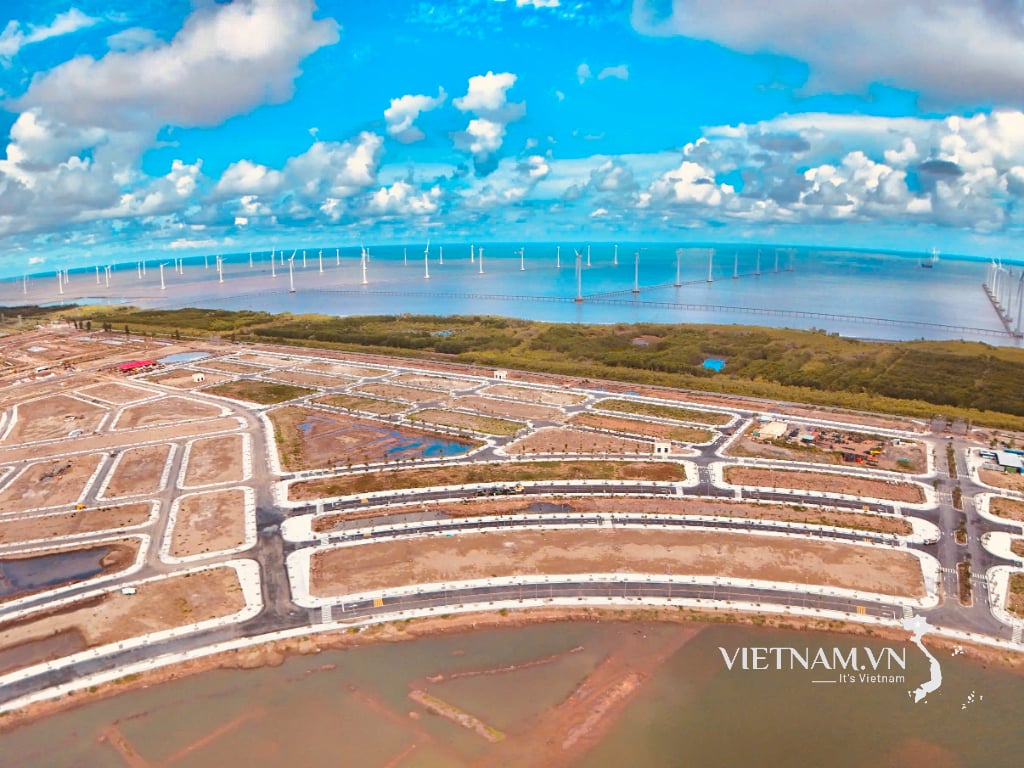
Comment (0)